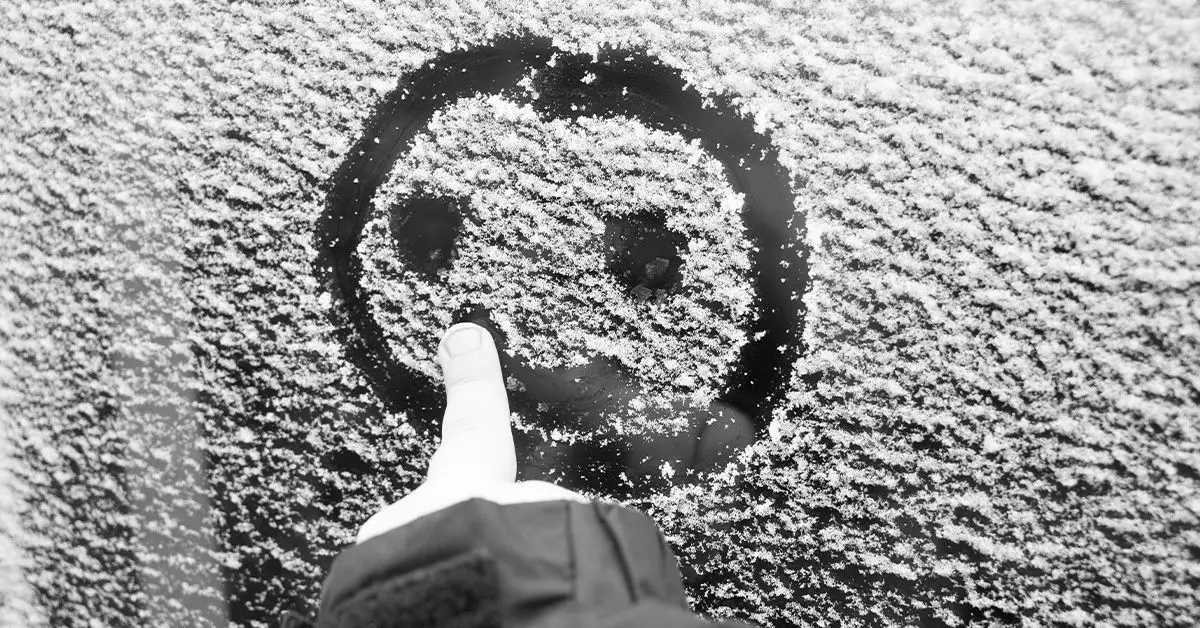The concept of “bipolar face” evokes curiosity and confusion, particularly in how it relates to the broader understanding of bipolar disorder. While anecdotal evidence often proliferates in lay discussions surrounding mental health, current scientific research does not endorse the idea that specific facial features or expressions are definitive markers of this condition. This discrepancy between cultural perceptions and medical evidence raises critical questions about how we interpret emotional cues, particularly in those diagnosed with bipolar disorder.
Bipolar disorder is characterized by alternating episodes of mania and depression, each presenting a different emotional landscape. During manic episodes, individuals can exhibit heightened exuberance and energy, while depressive episodes may encompass profound sadness or lethargy. Despite these dramatic shifts, emotional expressions—specifically facial cues—are not part of the formal diagnostic criteria. Instead, clinicians focus on psychomotor symptoms such as agitation or slowed movements, hinting that the individual’s emotional state may not always be readable through their facial expressions.
Research Insights: The Eye as a Window to Emotion
Recent investigations attempt to link observable eye changes with the bipolar experience, particularly through studies that analyze pupil dilation and the brightness of one’s gaze. According to a 2023 article, readiness to display emotional states may be visibly concentrated in eye reactions. During manic phases, individuals might display dilated pupils or a pronounced brightness in their eyes; conversely, depressive states can manifest as less animated features, often leading observers to interpret such expressions as “vacant.” This complex relationship suggests that the eyes could partially betray the inner emotional turbulence of those with bipolar disorder.
Yet, as promising as these findings are, they invite further scrutiny. The 2013 study indicated less facial reactivity to emotional stimuli among bipolar patients compared to their non-bipolar counterparts—a finding that raises questions about how people with the disorder process emotions socially and cognitively. Although these early findings point toward facial expression variance, the small sample size underscores the hesitance to draw robust conclusions. The scientific community agrees: more extensive investigations are essential to comprehend the potential nuances.
Anecdotal Narratives: Bridging the Gap
The absence of empirical support does not negate the validity of anecdotal claims surrounding “bipolar face.” Everyday observations from caregivers, family members, and friends might illuminate subtleties in facial expressions that scientific studies have yet to capture. Such narratives can serve as valuable insights when navigating the complexities of the disorder. Therefore, while a recognized “bipolar face” may not currently exist in the realm of clinical diagnostics, the individual experiences of those living with this condition remind us that emotional expression is a uniquely human trait.
Navigating bipolar disorder involves a multifactorial approach, and individuals seeking diagnosis and support should consult healthcare professionals. While there is no definitive list of facial features or expressions that characterize the disorder, understanding emotional processing can empower individuals and communities to build a more nuanced perspective on mental health. As the dialogue continues, we invite a closer examination of how we perceive emotional cues and the inherent stories they tell.

